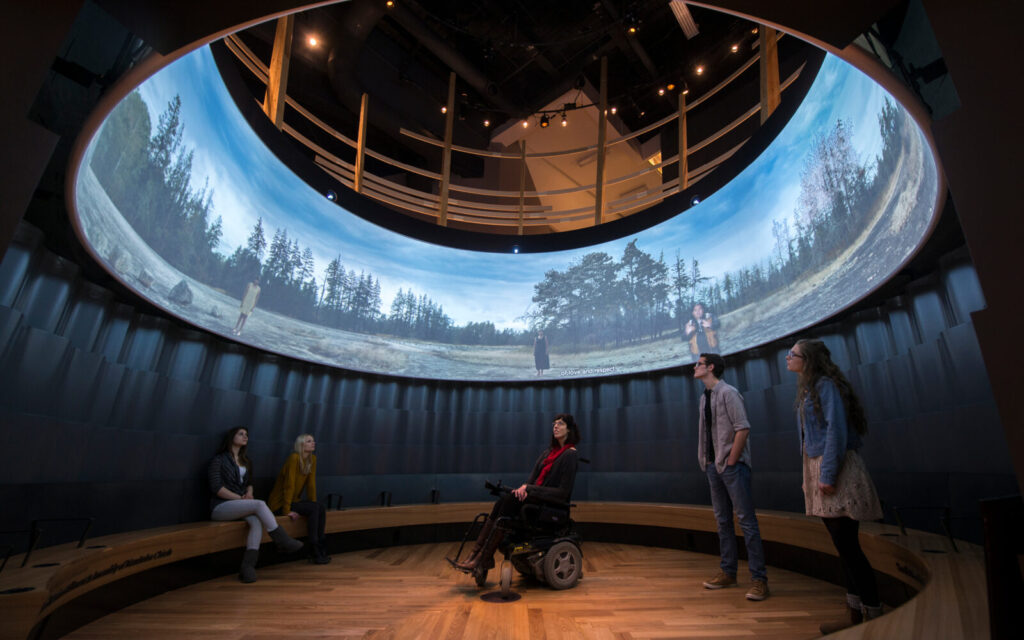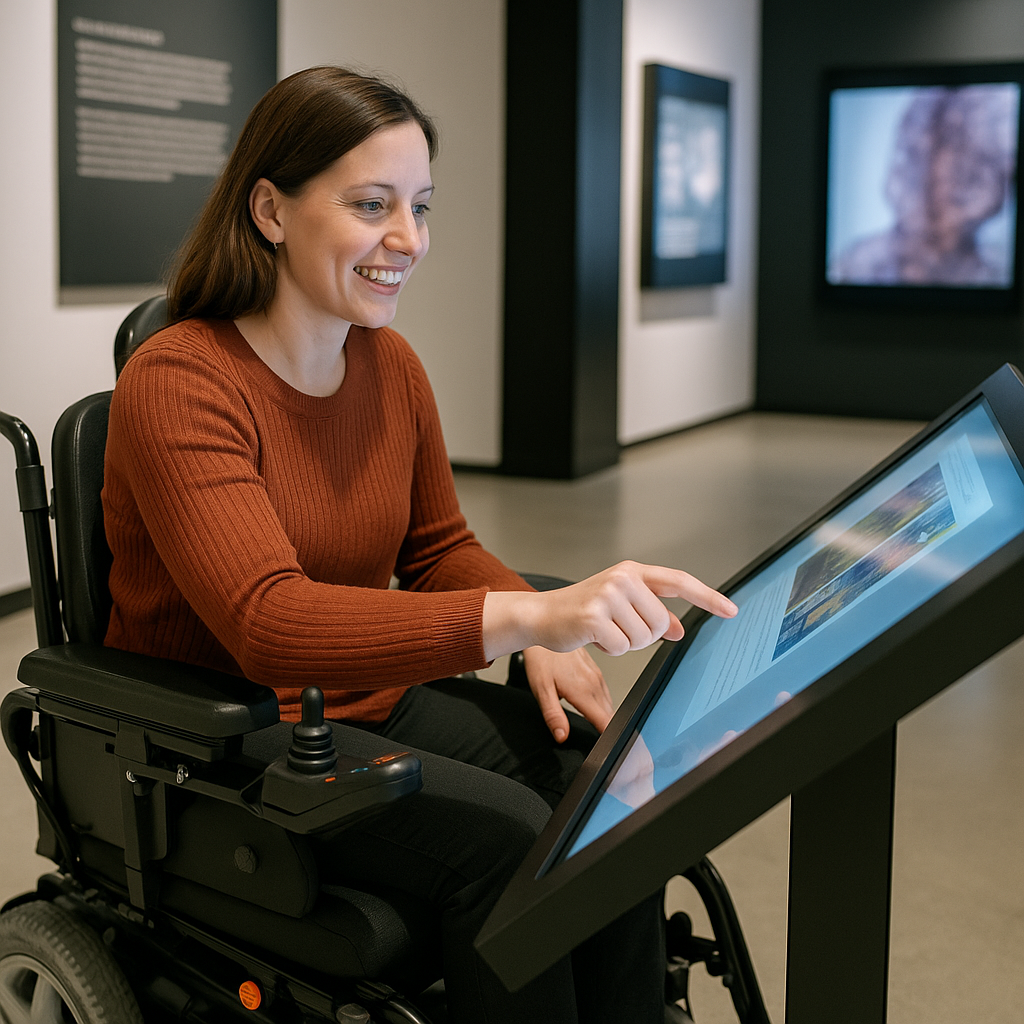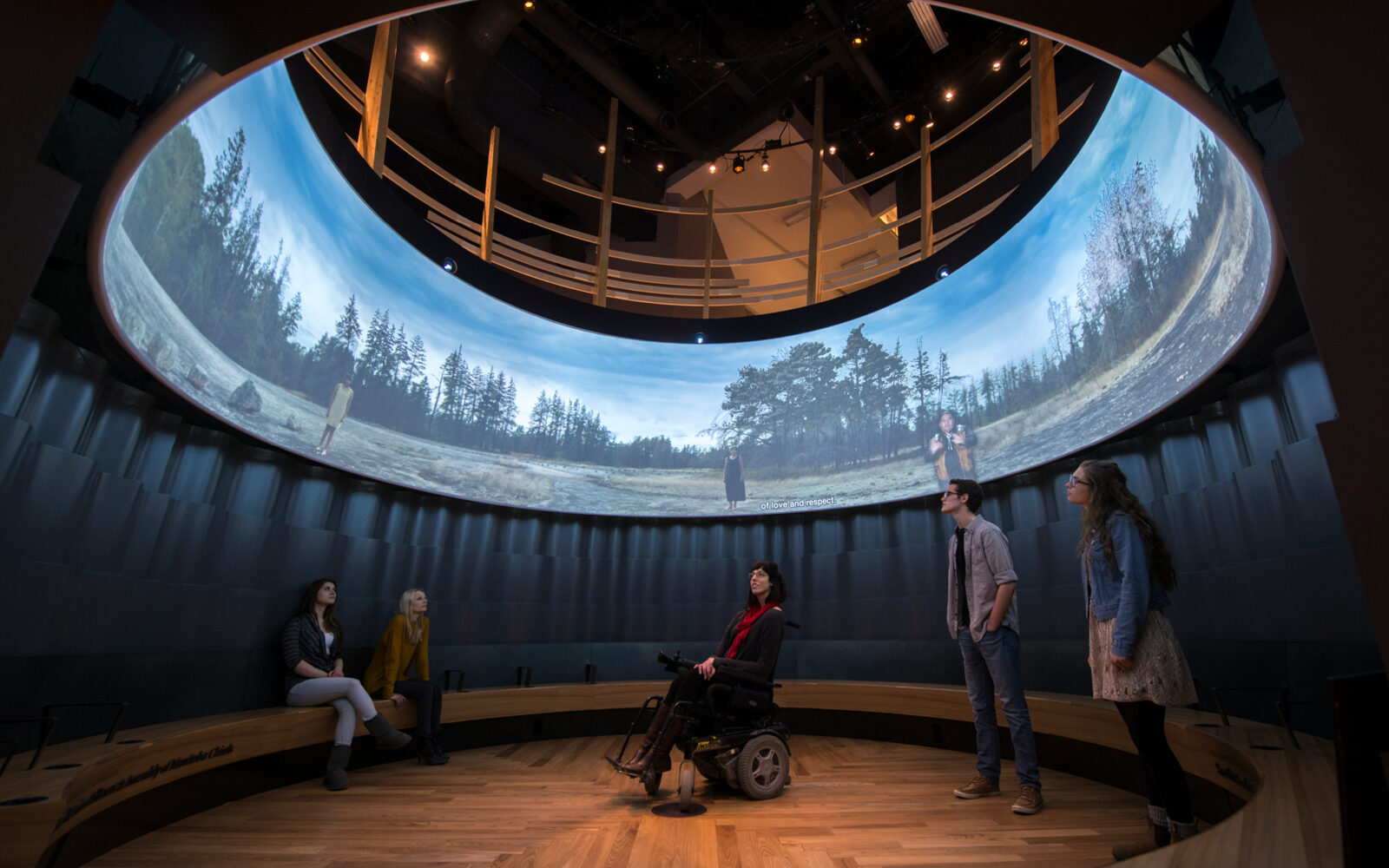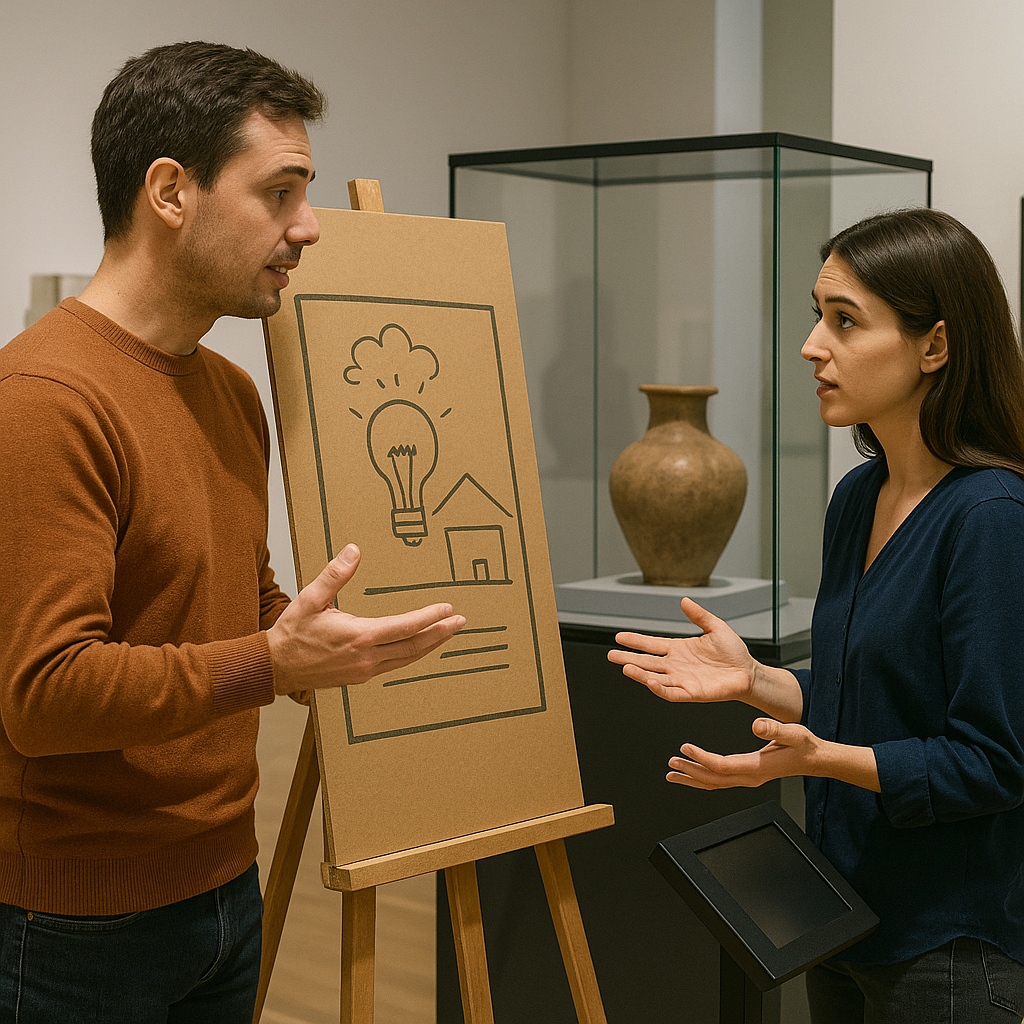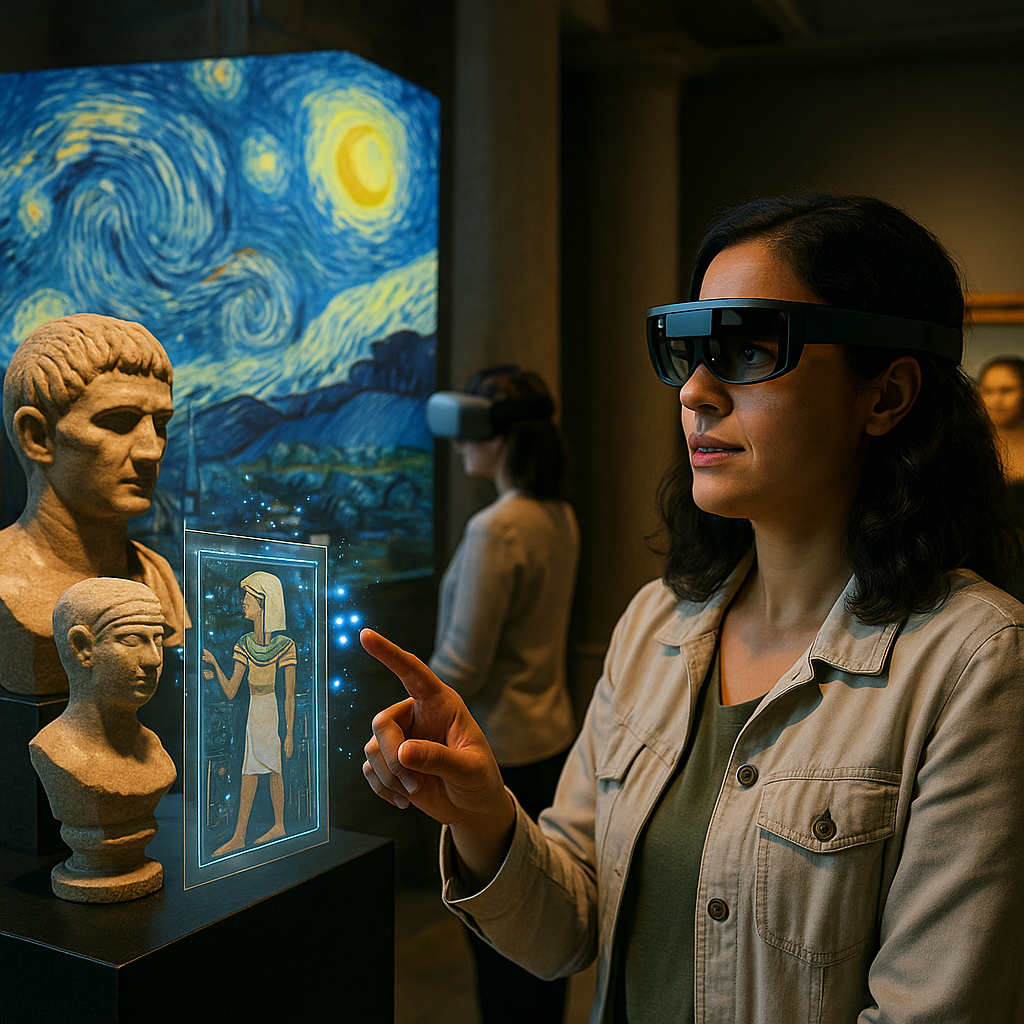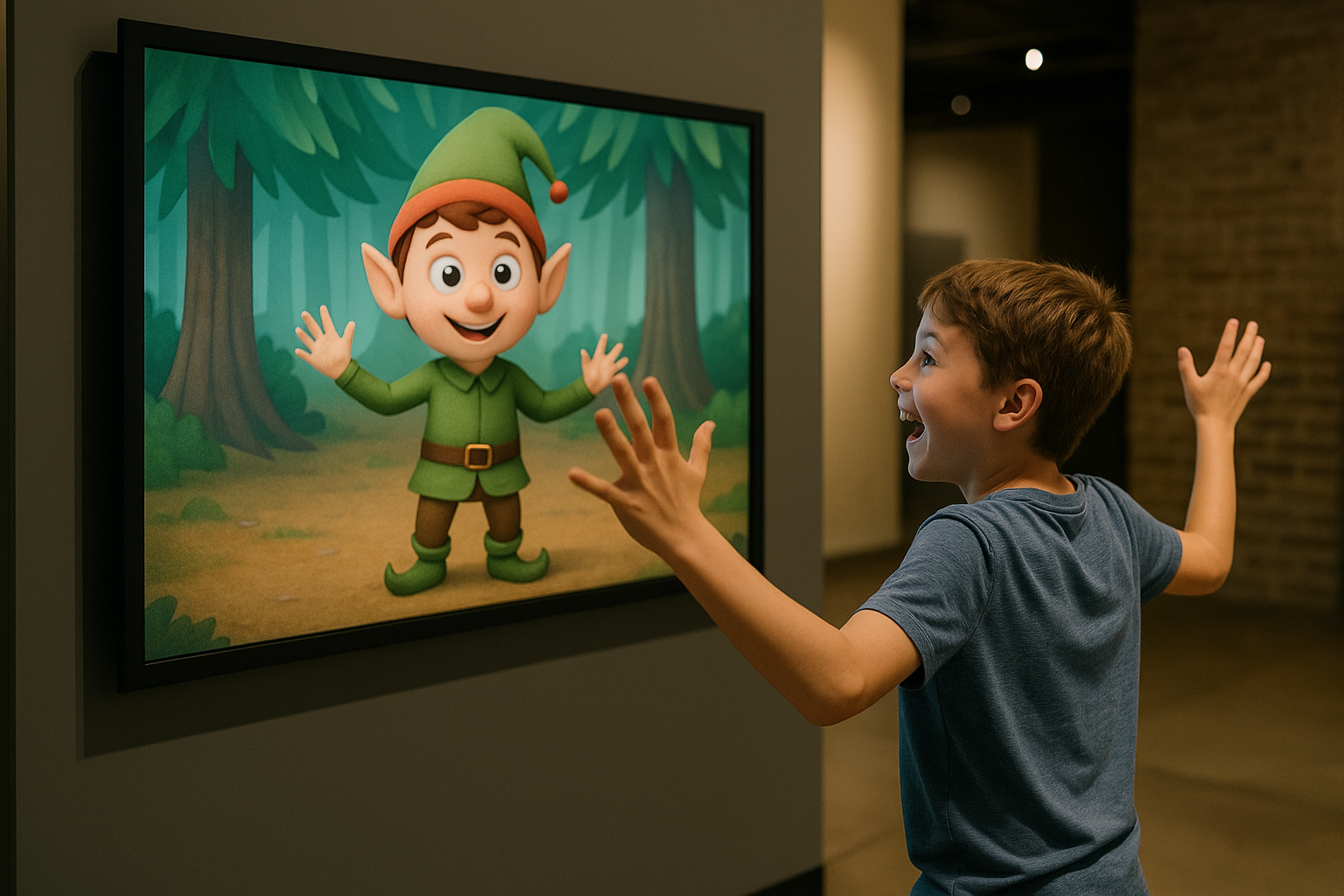Unveiling the Art of Exhibit Design: A Journey from Concept to Creation
Exhibit design is much more than placing artifacts in a room; it’s about weaving a narrative that connects the past to the present, artifacts to emotions, and visitors to stories. As educators and storytellers, we dive into the heart of exhibit design, exploring its various facets and with examples to illuminate this art form.
1. The Genesis of an Exhibit: Defining Audience, Objectives, and Theme
Every exhibit starts with an understanding of its audience, objectives, and theme. This early definition ensures that the exhibit resonates with its visitors and achieves its educational goals.
The theme of an exhibit is its central idea or concept, the narrative thread that ties the entire exhibit together. It is the story you want to tell. The theme is expressed through the choice of artifacts, the design of the space, and the overall atmosphere of the exhibit. For instance, an exhibit with the theme “The Evolution of Communication” might showcase artifacts ranging from ancient hieroglyphs to modern smartphones, each piece carefully chosen to represent a milestone in the narrative of how humans exchange information.
On the other hand, the objective of an exhibit is the desired outcome or the educational goal that the exhibit aims to achieve. It’s what you want your visitors to learn, feel, or experience after exploring the exhibit. Objectives are more specific and measurable than themes. Continuing with the “The Evolution of Communication” theme, the objectives could include increasing visitors’ understanding of how communication technologies have shaped society, fostering appreciation for the diversity of communication methods across cultures, and inspiring younger visitors to innovate in the field of communication technology.
While the theme is more about the story and the emotional journey, the objective is about the impact and the takeaway. The theme is the soul of the exhibit, captivating and engaging the audience. The objective, on the other hand, is the brain of the exhibit, ensuring that the visit is not only enjoyable but also informative and thought-provoking. Both are essential, and together, they create an exhibit that is not only memorable but also meaningful.
Exhibit design
In essence, while the theme is the narrative thread that guides the design and presentation of the exhibit, the objective is the educational or experiential goal that the exhibit aims to achieve. Understanding and clearly defining both elements are fundamental in creating an exhibit that is both engaging and enlightening.
Understanding the Audience: Whether it’s children exploring the ‘Splash! Into the Edwards Aquifer Exhibit’ or adults marveling at the intricacies of the ‘Terracotta Army’ in China, recognizing the needs and interests of your audience is crucial.
Defining Objectives: The ‘Holocaust Memorial Museum‘ sets a profound objective of education and reflection. Similarly, an exhibit on ‘Renewable Energy’ might aim to inspire visitors to think about their environmental impact.
Crafting the Theme: A strong theme, like the narrative thread of Anne Frank’s diary in her museum, ties individual elements together. In a theoretical exhibit about ‘Space Exploration’, the theme could revolve around humanity’s quest to reach beyond our planet, showcasing artifacts from various space missions.
2. The Art of Interpretation: Connecting Artifacts with the Audience
Good interpretation bridges the gap between the exhibit’s content and its visitors, making the experience both informative and engaging.
Engaging the Visitor: Engaging exhibits like the ‘Titanic: The Artifact Exhibition’ make personal stories and artifacts come alive. A theoretical exhibit about ‘The World of Insects’ could use magnified models and interactive displays to engage visitors with the tiny, often overlooked world of insects.
Encouraging Critical Thinking: Exhibits like ‘Body Worlds’ provoke thought and contemplation. An exhibit focusing on ‘The Future of AI’ might present scenarios and ethical dilemmas associated with artificial intelligence, encouraging visitors to engage critically with the content.
3. From Concept to Reality: The Design and Development Process
This stage is where the planning takes physical form, involving careful design and attention to detail.
Space Layout and Design: The layout, like the Guggenheim Museum’s unique spiral, guides the visitor’s experience. An exhibit on ‘Ancient Civilizations’ might use a maze-like layout, symbolizing the journey through time and discovery.
Artifact Display and Preservation: Balancing aesthetic appeal with conservation needs, similar to the ‘Israel Museum’s’ care for the Dead Sea Scrolls, is vital. In a theoretical exhibit about ‘Rare Manuscripts’, one might use special lighting and temperature-controlled cases to preserve delicate pages while allowing visitors to admire their beauty.
4. Post-Opening: Evaluation and Iteration
Continuous evaluation and adaptation are essential to keep the exhibit engaging and relevant.
Continuous Improvement: Gathering feedback, much like the ‘Smithsonian’ does, helps refine the exhibit. For an exhibit on ‘Modern Art’, visitor feedback might lead to the introduction of new pieces or the reorganization of the space to better suit visitor preferences.
Through this journey of exhibit design, we, as educators and designers, create more than just displays; we craft immersive narratives that educate, engage, and inspire. Each exhibit, whether it explores the depths of the ocean or the reaches of space, is a story waiting to be told, a narrative waiting to be experienced.
Pattern has developed several exhibits from concept to creation the balance of Accessibility and Interactivity, providing the best experience for all visitors.
References
Toxey/McMillan Design Associates. (2015). Exhibit Design and Development Workbook.
